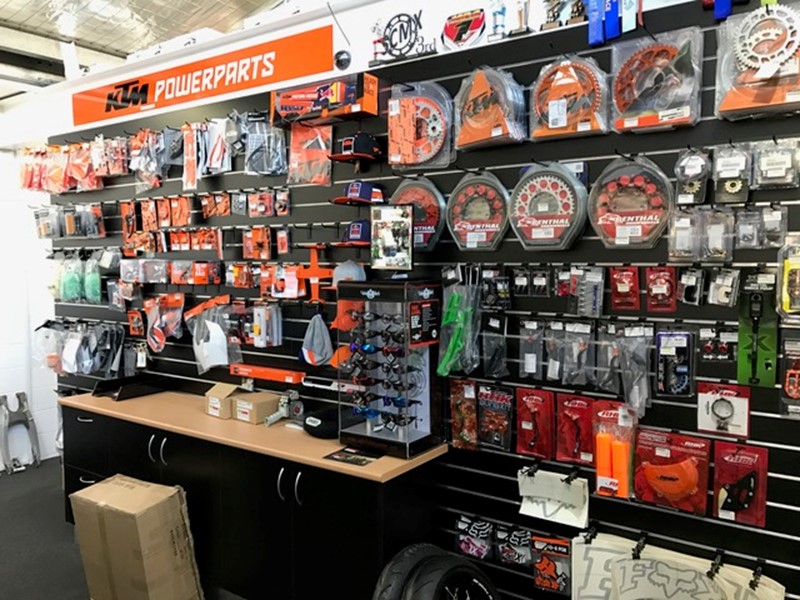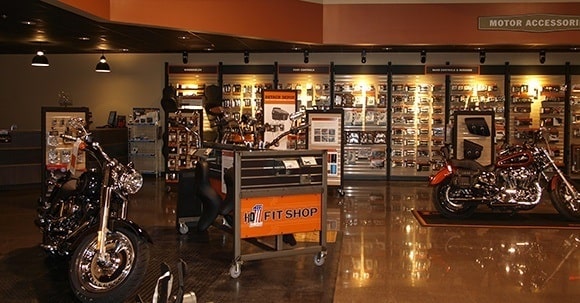Leading MX Gear NZ: Get Ready for Your Next Off-Road Experience
Leading MX Gear NZ: Get Ready for Your Next Off-Road Experience
Blog Article
Understanding the Essential Components of a Bike: A Comprehensive Guide for Fanatics
For bike lovers seeking to elevate their riding experience and ensure their bikes run smoothly, understanding the crucial elements of a bike is paramount. Each component, from the engine's elaborate workings to the crucial function of the stopping systems, not only impacts efficiency however additionally safety and security and convenience. This overview will certainly go through the fundamental components that every motorcyclist must recognize with, enabling educated selections in both upkeep and possible upgrades. As we begin this expedition, one must ask: exactly how does each part interact to create the seamless ride every lover seeks?
Engine Parts

The camshaft plays a vital duty in controlling the timing of the engine's valves, making sure the specific opening and closing essential for efficient gas and air consumption, as well as exhaust expulsion. This timing is critical to preserving optimal engine performance and performance. Furthermore, the carburetor or gas injection system, relying on the motorcycle version, is in charge of blending air with gas in the appropriate ratio for burning.
The cooling system, either air or liquid-based, functions to preserve the engine's temperature level within operational restrictions, avoiding getting too hot and making certain durability - motorbike shop. Each element, carefully designed and integrated, contributes to the seamless operation of the engine, specifying the motorcycle's power output and overall performance
Transmission System
Essential to the motorcycle's capability, the transmission system makes certain reliable power transfer from the engine to the wheels. This system comprises several vital components, including the clutch, transmission, and last drive, each playing a crucial function in equating the engine's power right into activity. The clutch, usually run by a hand lever, offers to engage and disengage the engine from the transmission, enabling smooth gear changes and regulated velocity.
The transmission, often described as the transmission proper, has a set of equipments that cyclists can manually move with to readjust the bike's speed and torque output. These equipments are prepared in a sequence that enables the motorbike to accelerate smoothly and keep ideal engine performance across numerous speeds. The majority of motorcycles use a consecutive gearbox, requiring the rider to change equipments in a fixed order.
Braking Mechanisms
While comprehending the transmission system is key to harnessing a bike's power, equally vital is the capacity to manage and stop that power successfully, which is where braking devices enter play. Brakes are important for safety and security and performance, supplying the biker with the essential control to navigate various surfaces and conditions. Commonly, bikes feature 2 kinds of braking systems: disc brakes and drum brakes.
Disc brakes are a lot more common in modern motorcycles as a result of their superior performance. They contain a brake disc, caliper, and pads. When activated, the caliper squeezes the brake pads against the rotating disc, transforming kinetic energy right into warm, thus slowing the wheel. This system supplies far better warm dissipation, consistent efficiency, and boosted quiting power, especially in damp problems.
On read review the other hand, drum brakes, though much less usual, are still found in some bikes. They function by pressing brake shoes against the internal surface area of a drum connected to the wheel. While generally much less effective in heat dissipation and stopping power, drum brakes are easier and extra economical.
Understanding these stopping systems' subtleties enables bikers to maintain their motorcycles properly and value the engineering that ensures reliable and risk-free quiting.
Suspension and Guiding
Suspension and guiding systems are crucial elements that substantially influence a bike's handling and ride comfort. The suspension system, including forks at the front and shock absorbers at the rear, takes in road abnormalities, boosting stability and control. Front forks, upside down or commonly telescopic, compress and rebound to reduce effects, while back shock absorbers maintain tire contact with her response the road, important for traction and safety and security.
Steering, focused around the handlebars, connects the rider to the motorbike's directional control. The steering head bearings make certain smooth operation, permitting precise maneuverability. Proper placement and upkeep of these bearings are critical for predictable steering feedback and minimizing motorcyclist tiredness.
The suspension's adjustability is one more critical element; preload, damping, and rebound setups permit modification to fit various riding problems and styles. This adaptability is vital for optimizing performance, whether browsing urban streets or taking on rugged tracks. Advancements like digital shock absorber use real-time changes, enhancing ride quality across diverse terrains.

Electric Solutions
After making sure a smooth and controlled ride via reliable suspension and steering systems, attention transforms to the electrical systems, an essential aspect of contemporary motorcycles. These systems play an important function not just in beginning the engine however also in powering various components that enhance the functionality and safety and security of the motorcycle.
At the heart of a bike's electric system is the battery, which shops electric energy essential for beginning the engine and powering supporting systems - mx gear nz. The generator or generator, combined with the rectifier-regulator, guarantees the battery remains billed while the bike is in operation, converting power into electric power and keeping voltage levels
The ignition system, another essential component, is accountable for igniting the air-fuel mixture in the engine's cyndrical tubes. Modern motorbikes commonly utilize a digital ignition system, supplying better performance and dependability compared to conventional systems.
Illumination systems, including fronts lights, tail lights, and indicators, are additionally essential, ensuring visibility and security for the rider. Additional digital parts such as sensing units, control units, and presents contribute to advanced functions home like gas injection management, anti-lock braking systems (ABDOMINAL MUSCLE), and digital dashboards, better improving the riding experience.
Final Thought
A comprehensive comprehension of a motorcycle's vital elements, consisting of the engine, transmission system, braking mechanisms, suspension, guiding, and electric systems, is essential for lovers intending to optimize performance, convenience, and safety. Mastery of these components enables notified choices pertaining to maintenance and upgrades, inevitably improving the riding experience. By integrating this understanding, motorcyclists can guarantee their motorbikes run at peak effectiveness and dependability, thereby making the most of both satisfaction and long life of their vehicles.
For motorcycle enthusiasts looking to elevate their riding experience and ensure their bikes run smoothly, understanding the crucial components of a motorbike is vital.Important to the motorbike's functionality, the transmission system guarantees effective power transfer from the engine to the wheels.While recognizing the transmission system is vital to using a bike's power, equally important is the capability to manage and quit that power properly, which is where braking devices come right into play. Normally, bikes feature two types of braking systems: disc brakes and drum brakes.
A complete understanding of a motorbike's important components, consisting of the engine, transmission system, braking mechanisms, suspension, guiding, and electrical systems, is essential for enthusiasts intending to maximize comfort, security, and performance.
Report this page